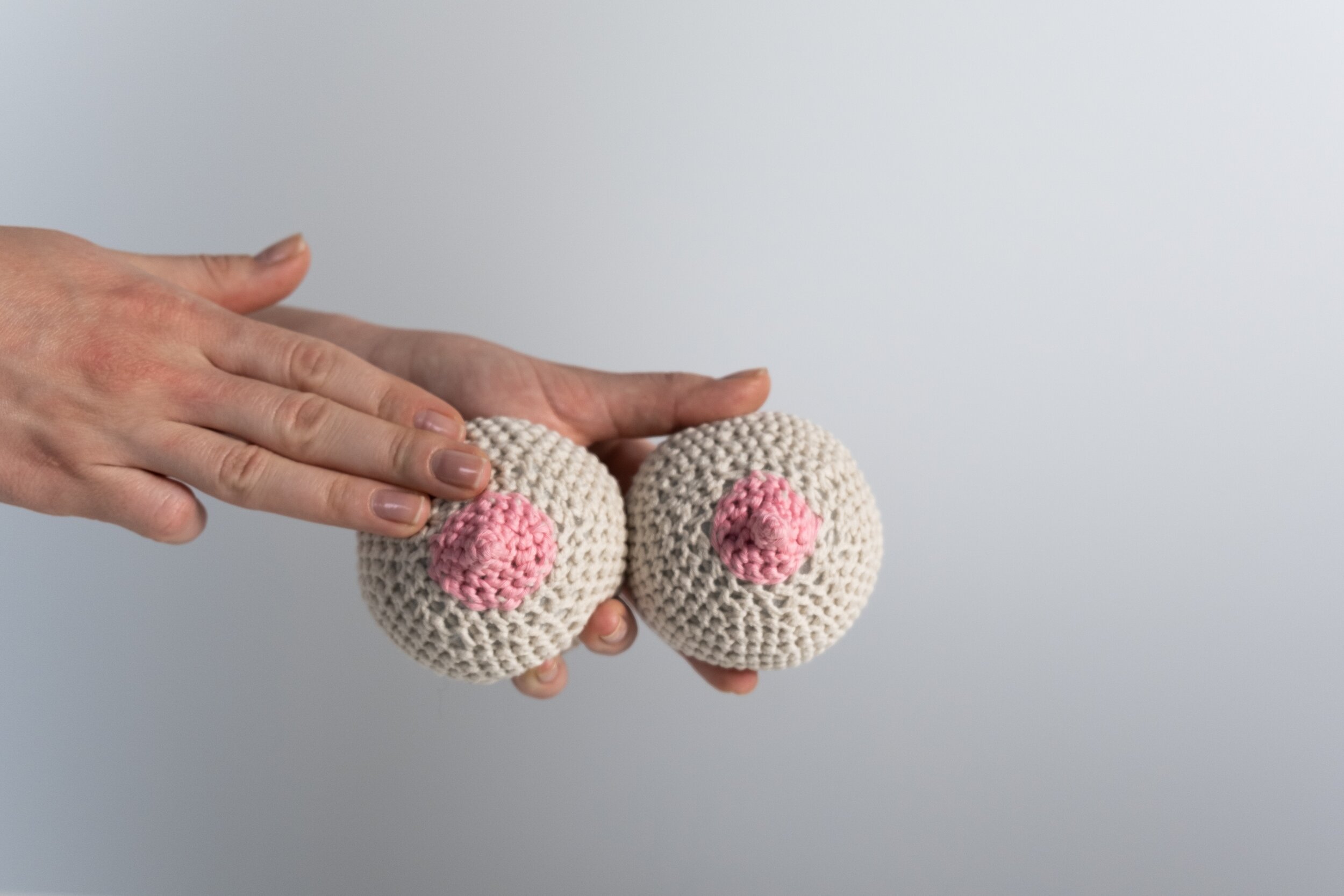Check your breasts
Why?
Breast self-awareness is super important. Being familiar with how your breasts look and feel means any unusual change can be picked up on and your GP can be notified quickly. Detecting breast cancer early gives you the best possible chance of beating it. Self-examinations shouldn’t be your only line of defence, they’re just one part of the screening process which should also include physical exams by a doctor and mammograms!
The biggest thing is knowing what your breasts feel like - lumpy breasts don’t necessarily mean breast cancer if that is what is normal for you. That’s why regular checking is essential to gain breast self-awareness.
Get a feel for how your tissue feels and increase your chances of identifying a change!
When?
It’s well known that early detection is key, but how often should you be checking your breasts?
It is recommended that all women above the age of 20 perform a breast exam once a month, every month. This gives you a chance to get to know your breasts because breast-awareness is super important.
Early detection saves lives
40% of diagnosed breast cancers are detected by women who feel a lump
How?
The three most common self-examination techniques include:
Checking in the shower
Checking whilst lying down
Checking in front of a mirror
IN THE SHOWER
Using three fingers, feel around your entire breast. A good way to make sure you check it all out is by going up and down from one side to the other in rows. Don’t forget to hold your arms up and feel around your armpit as well!
LYING DOWN
When laying down our breast tissue is spread evenly over our chest making this an ideal time to do a thorough breast check. Pop one arm over your head and a pillow under the same shoulder for ideal elevation and do the same three-finger check around the entire breast and armpit area.
IN FRONT OF A MIRROR
Stand in front of a mirror and take a good look at the size, shape and surface of your breasts.
Any change is worth noting so go, find a mirror and check yourself out and don’t be afraid to see your GP if you notice unusual changes.
Things to look out for include (but aren’t limited to) :
Dimpling (skin looks and feels like the texture of an orange peel)
Swelling (or thickening of the skin)
Redness or darkening (might look a bit like a rash)
An inverted nipple (if this isn’t your norm)
Nipple discharge (squeeze your nipples to check for this)
Bumps (may resemble bug bites)
Make a routine out of checking yourself and remember, if you find a lump it may not be cancerous (the majority aren’t) but just see your GP for an evaluation. Staying familiar with your breasts will keep you primed and ready for early detection and ultimately early treatment which is more likely to save lives.


